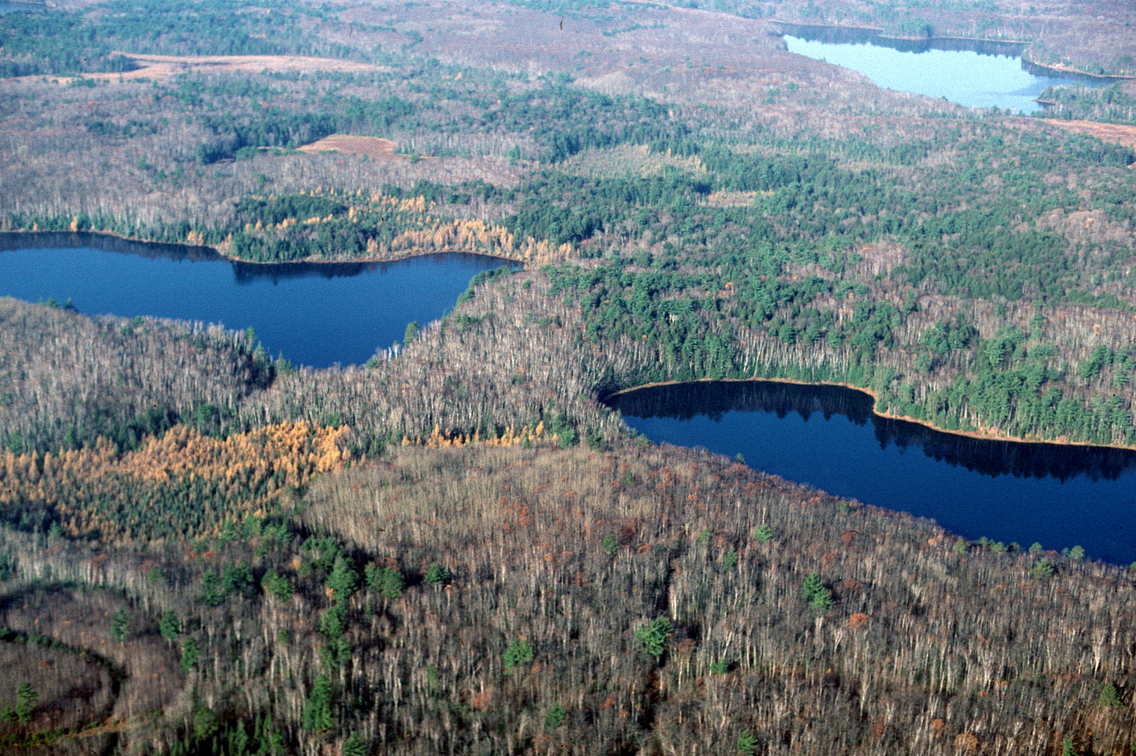Natural communities & Species of Greatest Conservation Need
Wisconsin Wildlife Action Plan
The SGCN natural community connection

Almost all Species of Greatest Conservation Need (SGCN) have experienced a reduction, degradation or fragmentation of habitat below their tolerance and ability to adapt and sustain viable populations. Assessment and management of natural communities is the most effective way to sustain SGCNs that are declining because of habitat limitations.
The Wisconsin Wildlife Action Plan (WWAP) considers 108 natural community types grouped as aquatic (lakes-rivers), barrens, grassland, northern forest, savanna, southern forest, wetland and miscellaneous based on Natural Heritage Inventory community classifications.
Opportunities to sustain these communities vary between Wisconsin's sixteen ecological landscapes. The WWAP uses relationships among SGCN, natural communities and ecological landscapes to identify ecological priorities. Some of the best places on the landscape to carry out conservation action are within relatively diverse and intact or restorable natural communities that may support multiple SGCN.
Natural community or habitat?
A natural community is an interactive assemblage of plants, animals and other organisms, their physical environment and the natural processes that affect them. Together they can determine a species’ ability to survive.
Habitat is the combination of environmental factors that provide food, water, cover and space needed to survive and reproduce. Habitat is an ecological or environmental area that is the home or environment of a plant or animal.
Natural communities and habitat consider similar factors but from different perspectives. In the WWAP, natural communities are considered representative of habitat for SGCNs. They comprise one of the three basic elements (SGCN, natural communities and ecological landscapes) used to help identify priority conservation actions and Conservation Opportunity Areas in Wisconsin.
